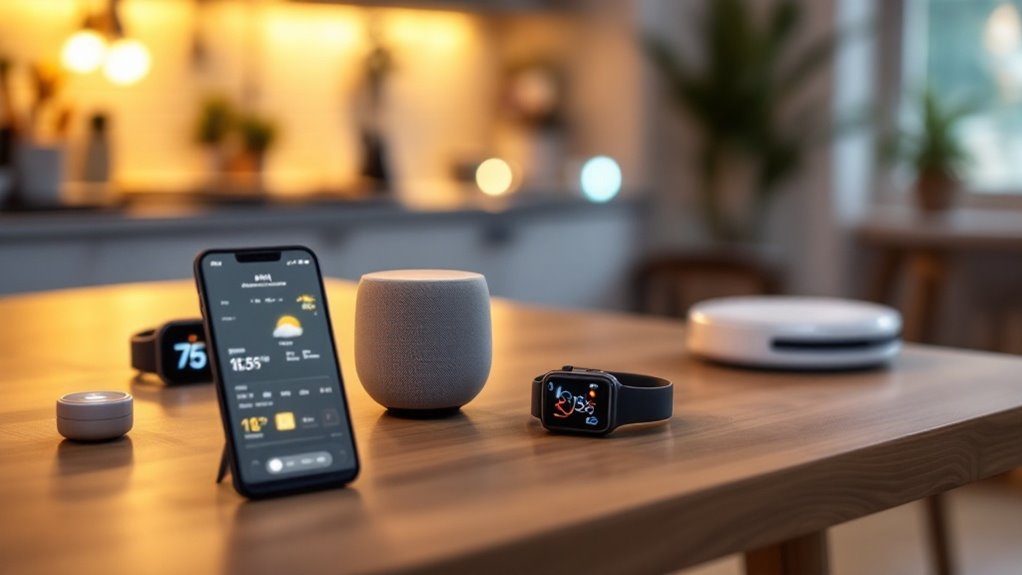Artificial intelligence isn’t just sci-fi fantasy—it’s already woven into your daily routine. Virtual assistants like Alexa schedule your dentist appointments, while Netflix’s algorithms know you’ll binge that show before you do. Your phone uses facial recognition to make sure it’s really you, spam filters keep your inbox manageable, and navigation apps reroute you around traffic jams. You’re basically living in the future, whether you realized it or not. The AI revolution isn’t coming—it arrived while you were busy asking Siri about the weather.
From the moment your alarm buzzes to the second your head hits the pillow, artificial intelligence has woven itself into the fabric of daily life—often without you even noticing. That smartphone in your pocket? It’s practically bursting with AI algorithms that power everything from your morning selfie to your late-night shopping spree.
Consider how casually you ask Alexa to play your favorite playlist or tell Siri to set a timer for your pasta. These virtual assistants—digital genies without the attitude problem—are constantly learning from your interactions to better serve your needs. They’re scheduling your appointments, answering random trivia questions, and controlling your smart home devices with increasingly human-like understanding.
Virtual assistants—our constant digital companions, learning our habits and responding to our whims with uncanny precision.
Remember scrolling through Netflix last weekend for *far too long*? That’s AI curating recommendations based on your viewing history. Same goes for those Spotify playlists that somehow know exactly what you want to hear on Monday mornings. These recommendation systems analyze your behavior patterns with the dedication of a slightly obsessive friend.
Your email inbox stays surprisingly manageable thanks to AI filtering out spam and organizing messages. Meanwhile, your text messages benefit from predictive text that sometimes knows what you want to say before you do—occasionally with embarrassing results. Language processing AI is also helping you avoid grammar mistakes and translating foreign language content in real-time. Tools like Grammarly employ deep learning algorithms to provide sophisticated feedback on your writing style and tone. Generative AI tools like ChatGPT and Jasper are transforming content creation by helping users produce original text based on learned patterns from vast datasets.
That face recognition feature on your phone? AI again. The photo app that somehow groups all your beach pictures together? You guessed it. Even your home thermostat is likely using artificial intelligence to learn your temperature preferences and save energy when you’re away.
When finding your way to a new restaurant, AI is calculating the fastest route based on real-time traffic data. And those driver-assist features in newer cars rely on similar technology to keep vehicles in lanes and maintain safe distances.
From banking fraud detection to social media feeds tailored to your interests, AI has become your invisible assistant—sometimes helpful, occasionally creepy, but undeniably transforming everyday experiences in ways we’re only beginning to understand. Despite their constant interaction with these technologies, research shows 27% of Americans report engaging with AI applications multiple times throughout their day.









